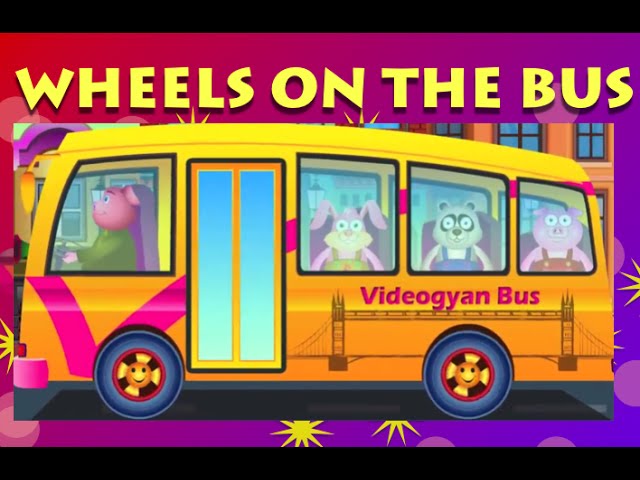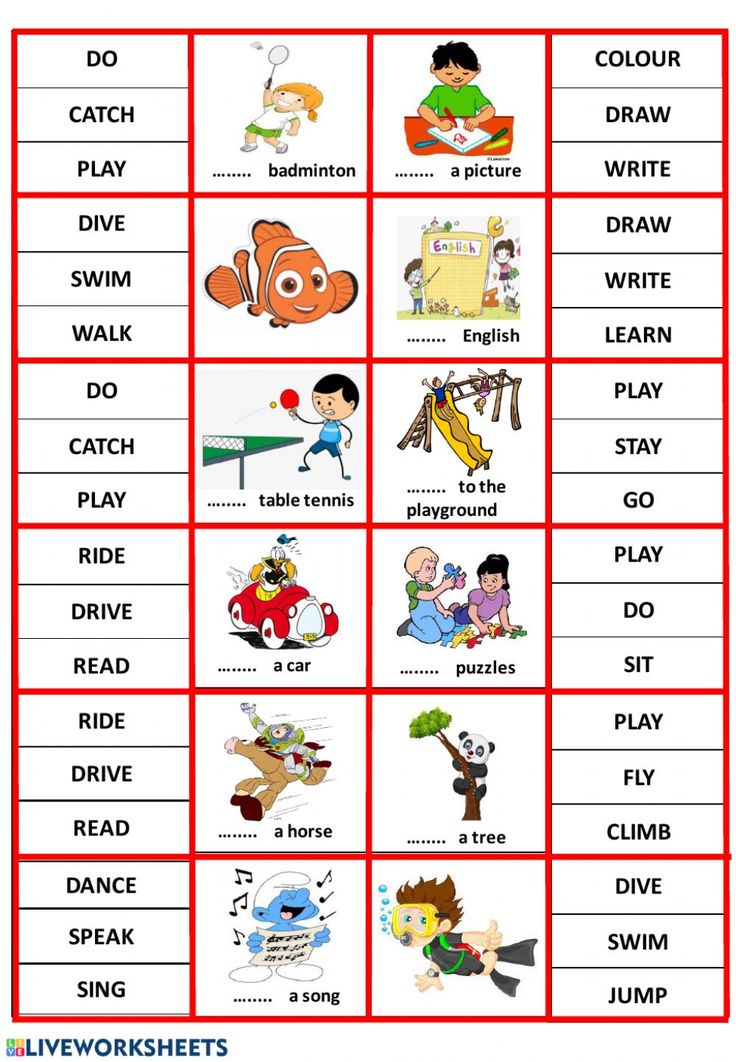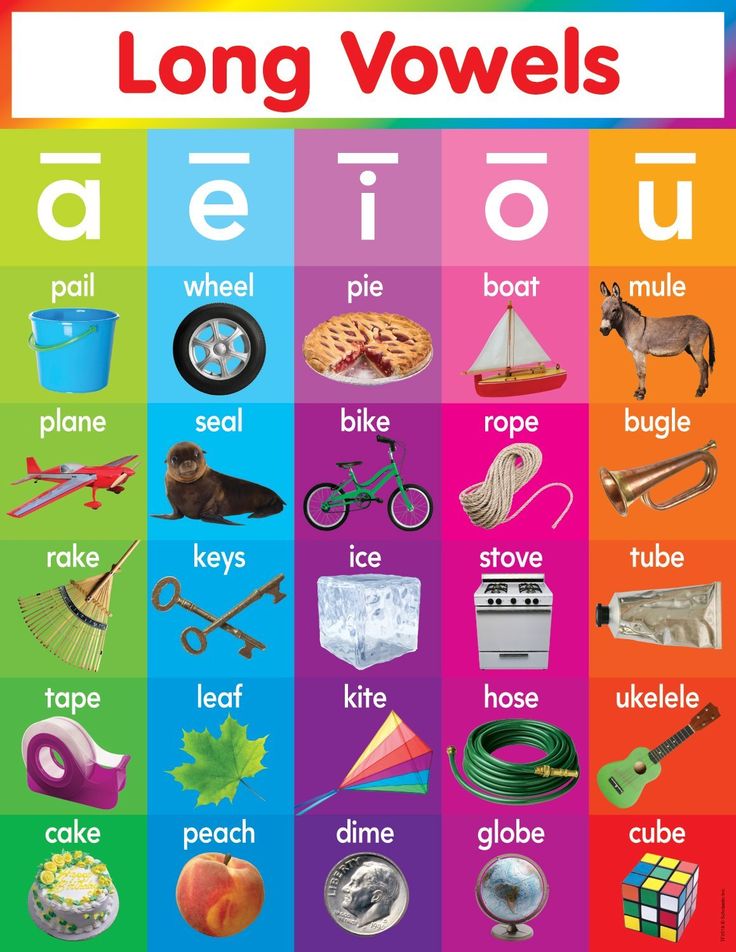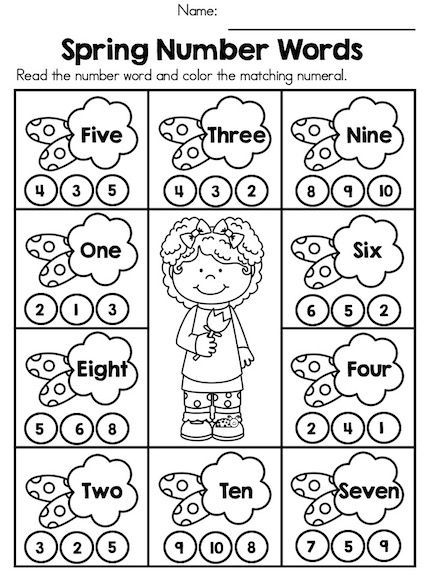How to spell 9
how to spell ordinal numbers — How to Spell
1st, 2nd, 3rd, 4th, 21st, 22nd, 33rd
These numbers are called ordinal numbers.
Why do we spell 1st, 2nd, 3rd, 4th like this?
Where do the letters come from?
In this lesson, we're looking at the spelling of ordinal numbers and a few rules.
1st = first (She won first prize.)
2nd = second (I live on the 2nd floor.)
3rd = third (Take the third turning on the left.)
4th = fourth (It's his fourth birthday.)
5th = fifth (This is the 5th time I've taken my driving test.)
We need to write these ordinal numbers in words in formal writing - business, job applications, etc. But it's OK to write them in numbers (1st, 2nd, 3rd...) in informal writing to friends, colleagues, social media comments, etc.
Look at these and notice the last two letters of the words
1st = first
2nd = second
3rd = third
4th = fourth
5th =fifth
Can you see the last two letters of the words make up the ordinal number?
first - last two letters are 'st' so put after 1 = 1st
second - last two letters are 'nd' put after 2 = 2nd
third - last two letters are 'rd' so put after 3 = 3rd
4th - last two letters are 'th' so put after 4 = 4th
We just add 'th' to teen numbers:
14th = fourteenth (fourteen + th)
15th = fifteenth (It's her fifteenth birthday. )
16th = sixteenth
17th = seventeenth
18th = eighteenth
19th = nineteenth
Hyphens for Normal Numbers and Ordinal Numbers from 21 upwards
We need a hyphen when we write cardinal numbers from 21 upwards. Notice there's no space between the letters and hyphen:
twenty-one
twenty-two
thirty-three
sixty-seven
one hundred and twenty-nine
one thousand two hundred and thirty-one pounds
Using a hyphen also applies to ordinal numbers from 21st.
twenty-first = 21st (It's her 21st on Sunday.)
twenty-second
twenty-third = 23rd
thirty-second = 32nd
thirty-third = 33rd
forty-third = 43rd
forty-fourth = 44th
fifty-third = 53rd
fifty-fifth = 55th
sixty-fourth = 64th
sixty-sixth = 66th
seventy-eighth = 78th
seventy-seventh = 77th
eighty-second = 82nd
eighty-eighth = 88th
ninety-ninth = 99th
two hundred and twenty-first = 221st
Remember, no space between hyphen and words.
Spelling rules with whole numbers - 20th, 30th, 40th...
20th = twentieth We have twenty and change the 'y' to 'ie' and add 'th' = twentieth (My birthday is on the 20th)
30th = thirtieth (It's her thirtieth birthday.)
40th = fortieth (It's my 40th birthday tomorrow.)
50th = fiftieth
60th = sixtieth
70th = seventieth
80th = eightieth
90th = ninetieth
In long numbers, 'th' is added to the last number:
106th = one hundred and sixth
242nd = two hundred and forty-second
2018th = two thousand and eighteenth
Careful
four, fourteen, forty (drop the u) and fourth, fourteenth, fortieth
five, fifteen, fifty and fifth, fifteenth, fiftieth ( the 'f' helps pronunciation)
nine, nineteen, ninety but ninth (drop the 'e'), nineteenth, ninetieth (keep the ‘e’)
twelve but twelfth (Notice the 'v' becomes 'f')
Now do the exercise below
How to write spell say 9 number in english words or Spelling?
How to write spell say 9 number in english words or Spelling? NumWrite. com
comnine
spelling for 9 in english, number to words for 9 number. Spell Say Write 9 in english.9 in english: ( nine )...
Search Number:
<< 8 : : 10 >>
How to write 9 Number in Currency Spelling?
Useful tool to write checks for loan payments, insurance, payment to lawyer, business deals or more.just find the currency in which you want to write check and get speelings for it.
USD -> U.S. dollars -> nine U.S. dollars
EUR -> euro -> nine euro
JPY -> Japanese yen -> nine Japanese yen
GBP -> pounds sterling -> nine pounds sterling
CHF -> Swiss francs -> nine Swiss francs
AUD -> Australian dollars -> nine Australian dollars
BGN -> leva -> nine leva
BWP -> pula -> nine pula
CAD -> Canadian dollars -> nine Canadian dollars
CNY -> Chinese yuan -> nine Chinese yuan
CZK -> Czech koruny -> nine Czech koruny
EEK -> kroonid -> nine kroonid
GHS -> Ghana cedis -> nine Ghana cedis
GMD -> dalasi -> nine dalasi
HKD -> Hong Kong dollars -> nine Hong Kong dollars
HRK -> kuna -> nine kuna
HUF -> forint -> nine forint
INR -> Indian rupees -> nine Indian rupees
JMD -> Jamaica dollars -> nine Jamaica dollars
KES -> Kenyan shillings -> nine Kenyan shillings
LRD -> Liberian dollars -> nine Liberian dollars
LSL -> maloti -> nine maloti
LTL -> litai -> nine litai
LVL -> lati -> nine lati
MGA -> ariaries -> nine ariaries
MUR -> Mauritian rupees -> nine Mauritian rupees
MXN -> Mexican pesos -> nine Mexican pesos
MWK -> Malawian kwacha -> nine
NAD -> Namibian dollars -> nine Namibian dollars
NGN -> naira -> nine naira
NZD -> New Zealand dollars -> nine New Zealand dollars
PGK -> kina -> nine kina
PHP -> Philippine pesos -> nine Philippine pesos
PKR -> Pakistani rupees -> nine Pakistani rupees
PLN -> zlotys -> nine zlotys
RON -> Romanian lei -> nine Romanian lei
RSD -> Serbian dinars -> nine Serbian dinars
RUB -> Russian rubles -> nine Russian rubles
RWF -> Rwandese francs -> nine Rwandese francs
SDG -> Sudanese pounds -> nine Sudanese pounds
SGD -> Singapore dollars -> nine Singapore dollars
SLL -> leones -> nine leones
SZL -> emalangeni -> nine emalangeni
THB -> baht -> nine baht
TRY -> Turkish lira -> nine Turkish lira
TTD -> Trinidad and Tobago dollars -> nine Trinidad and Tobago dollars
TZS -> Tanzanian shillings -> nine Tanzanian shillings
UAH -> hryvnia -> nine hryvnia
UGX -> Uganda shillings -> nine Uganda shillings
ZMK -> Zambian kwacha -> nine Zambian kwacha
ZMK -> Zambian kwacha -> nine Zambian kwacha
ZWL -> Zimbabwe dollars -> nine Zimbabwe dollars
Numbers Similar to 9
012345678101112131415161718192021222022 © NumWrite.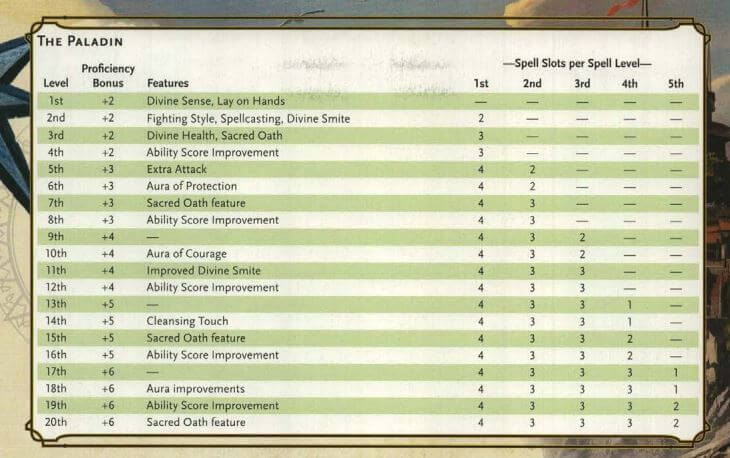 com
com
English numbers 1, 2, 3, 4, 5, 6, 7, 8, 9, 10, 11, 12, 20, 30, 50, 100, 1000. English counting, transcription and pronunciation.
🏠 › Articles > Vocabulary › Topic > Digits, numbers and numerals › Numbers in English
Learn how to spell English numbers (number) 1, 2, 3, 4, 5, 6, 7, 8, 9, 10, 11, 12, 20, 30, 50, 100, 1000, 1000000 and learn how to count in English .
The VoxBook audio course has many examples of the use of numbers and numerals. So in the novel by Robert Louis Stevenson 'Treasure Island' from the famous song:
From the audio course VoxBook 🔊
Fifteen men on the dead man's chest Yo-ho-ho, and a bottle of rum [yo-ho-ho, and a bottle of rum]!
Drink and the devil had done for the rest [drink and the devil will bring you to the end]
Yo-ho-ho, and a bottle of rum!(R.
L. Stevenson – "TREASURE ISLAND")
Below are the numbers in English with transcription and translation. Further, the ways of forming cardinal numbers (Cardinal Numerals) and the English account are analyzed in detail.
| Digit | Russian name | English name | Transcription |
|---|---|---|---|
| 0 | zero | zero (sometimes nought in England; nil - in sports, such as a score in football) | [ˈzɪərəʊ] |
| 1 | one | one | [wʌn] |
| 2 | two | two | [ˈtuː] |
| 3 | three | three | [θriː] |
| 4 | four | four | [fɔː] |
| 5 | five | five | [faɪv] |
| 6 | six | six | [sɪks] |
| 7 | seven | seven | [ˈsevn̩] |
| 8 | eight | eight | [eɪt] |
| 9 | nine | nine | [naɪn] |
| 10 | ten | ten | [ten] |
| 11 | eleven | eleven | [ɪˈlevn̩] |
| 12 | twelve | twelve | [twelv] |
| 20 | twenty | twenty | [ˈtwenti] |
| 30 | thirty | thirty | [ˈθɜːti] |
| 40 | forty | forty | [ˈfɔːti] |
| 50 | fifty | fifty | [ˈfɪfti] |
| 60 | sixty | sixty | [ˈsɪksti] |
| 70 | seventy | seventy | [ˈsevnti] |
| 80 | eighty | eighty | [ˈeɪti] |
| 90 | ninety | ninety | [ˈnaɪnti] |
| 100 | one hundred | a (one) hundred | [əwʌnˈhʌndrəd] |
| 1000 | thousand | a (one) thousand | [ə wʌn ˈθaʊzn̩d] |
| 1000000 | million | million / a (one) million | [ə(wʌn)ˈmɪlɪən] |
| 1000000000 | billion | milliard / a (one) milliard ( BrE ) billion / a (one) billion ( AmE ) | [ə (wʌn) ˈmɪlɪɑːd] [ə (wʌn) ˈbɪlɪəŋ] |
Numbers in English 1, 2, 3, 4, 5, 6, 7, 8, 9, 10, 11, 12.
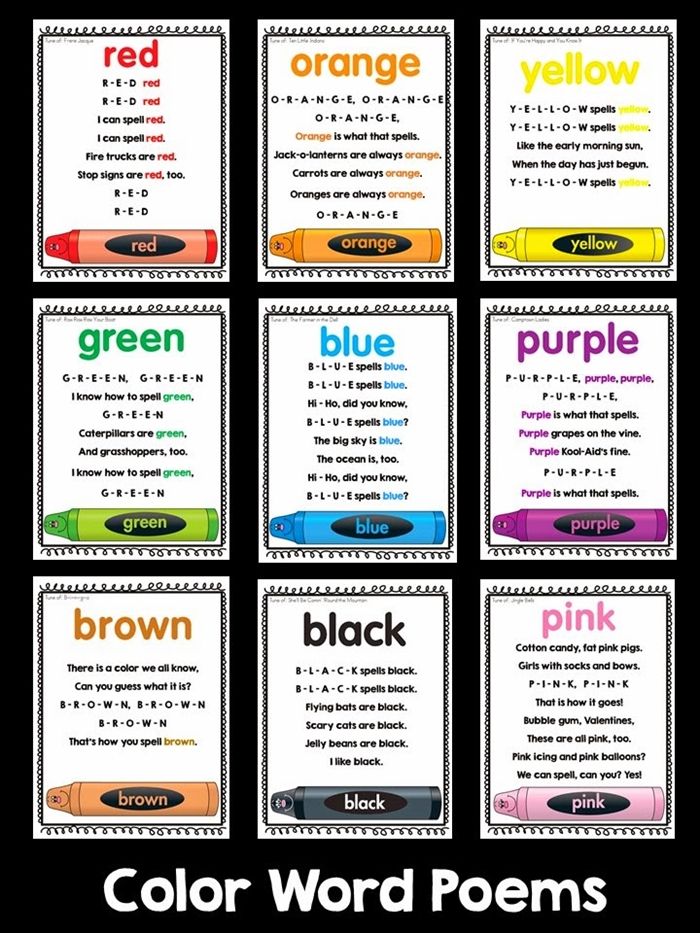
The numbers in English from 1 to 12 are simple cardinal numbers, i.e. denote the number of items and consist of one word (see table). Writing English numbers 1, 2, 3, 4, 5, 6, 7, 8, 9, 10, 11, 12 must be memorized. Based on their first ten, all other English numbers are formed.
Numbers in English from 13 to 19.
In English, the numbers 13, 14, 15, 16, 17, 18 and 19 are derived cardinal numbers.
To form them, the suffix -teen is added to the English digit from 1 to 10 from the third column of the table. The result is the number needed to count from 13 to 19:
13 thirteen - thir teen [ˌθɜːˈtiːn]
14 fourteen - four teen [ˌfɔːˈtiːn]
15 fifteen - fif teen [ˌfɪfˈtiːn]
16 sixteen - six teen [sɪkˈstiːn]
17 seventeen - seven teen [ˌsevnˈtiːn]
18 eighteen – eigh teen [ˌeɪˈtiːn]
19 nineteen - nine teen [ˌnaɪnˈtiːn]
3 three – 13thirteen
5 five - 15 fifteen
The stress of numerals with the suffix -teen.
In English, numerals ending in the -teen suffix have two stresses, on the first and second syllables (ˌ weak secondary (collateral) stress and ˈ main stress). Look at the transcription so as not to make a mistake in pronunciation:
13 – thirteen [ˌθɜːˈtiːn]
14 – fourteen [ˌfɔːˈtiːn]
15–fifteen [ˌfɪfˈtiːn]
If the numeral with the suffix -teen is not followed by a noun, then when pronouncing the main stress falls on the suffix -teen:
fifteen [fɪfˈtiːn]
sixteen [sɪksˈtiːn]
When a numeral with the -teen suffix is the definition of a noun (i.e. it is followed by a noun), then the stress in it does not fall on the suffix, but only on its first syllable:
fifteen pencils [ˈfɪftiːn ˈpensl̩z]
sixteen boxes [ˈsɪkstiːn ˈbɒksɪz]
In the VoxBook audio course in the tale 'The Fish and the Ring' from the collection English Fairy Tales , in which you can hear a similar accent (to do this, install the audio course on your computer and listen for yourself):
From the audio course VoxBook 🔊
...and she lived there till she was fifteen years old and a fine handsome girl.
(English Fairy Tales – "Fish and the Ring")
English numbers 20, 30, 40, 50, 60, 70, 80, 90.
English numbers denoting whole tens 20, 30, 40, 50, 60, 70, 80, 90 are derived cardinal numbers. To form them, the suffix -ty is added to the tens figure from the third column of the table. The result is the required number of tens:
20 twenty - twen ty [ˈtwenti]
30 thirty – thir ty [ˈθɜːti]
40 forty - for ty [ˈfɔːti]
50 fifty - fif ty [ˈfɪfti]
60 sixty - six ty [ˈsɪksti]
70 seventy – seven ty [ˈsevnti]
80 eighty - eigh ty [ˈeɪti]
90 ninety - nine ty [ˈnaɪnti]
Please note that in the English numbers 20, 30, 40 and 50, the root of 2 two, 3 three, 4 four and 5 five are modified, and in the number 80 the repetition of the letter t disappears:
2 two–20 twenty [ˈtwenti]
3 three - 30 thirty [ˈθɜːti]
4 four - 40 forty [ˈfɔːti]
5 five - 50 fifty [ˈfɪfti]
8 eight – 80 eighty [ˈeɪti]
Emphasis of numerals with the suffix -ty.
In English numerals ending in the suffix -ty, the stress is only on the first syllable. See transcription and pronunciation:
40 – forty [ˈfɔːti]
50 – fifty [ˈfɪfti]
60 - sixty [ˈsɪksti]
English numbers 100, 1000, 1000000.
English numbers from 100 to 1000 and 1000000 are presented at the end of the table (see above).
In English, before 100 hundred, 1000 thousand, 1000000 million, either the indefinite article a is put (which has the meaning one - one), or the word one is put:
100 one hundred - a (one) hundred [ə wʌn ˈhʌndrəd] (i.e. a hundred or one hundred)
1000 thousand - a (one) thousand [a (one) thousand]
Please note that the article is not used with other cardinal numbers:
Three pencils. Three pencils.
two girls. Two girls.
100 hundred, 1000 thousand and 1000000 million do not end with -s, including when they are preceded by another number other than one, for example:
100 hundred (one hundred) - one hundred or a hundred
200 two hundred - two hundred
300 three hundred - three hundred
400 four hundred - four hundred
500 five hundred - five hundred
600 six hundred - six hundred
700 seven hundred - seven hundred
800 eight hundred - eight hundred
900 nine hundred - nine hundred
further
1000 thousand (one thousand) - one thousand or a thousand
2000 two thousand - two thousand
3000 three thousand - three thousand
4000 four thousand - four thousand
5000 five thousand - five thousand
etc.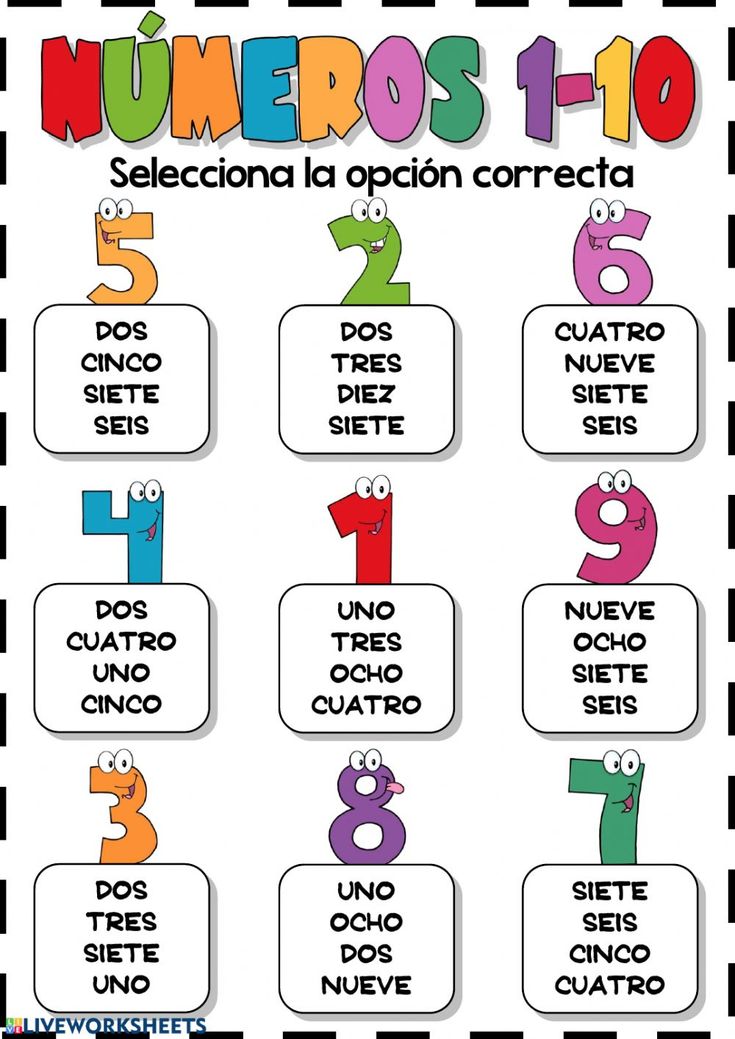
1000000 million (one million) - one million or a million
2000000 two million - two million
3000000 three million - three million
4000000 four million - four million
5000000 five million - five million
6000000 six million - six million
etc.
Thus, the numeral is never given the ending -s, however...
However: the word signifying number can refer not only to a numeral (which does not need to end with -s), but also to a noun, which may already have an ending -s. For example, in 100 hundred, 1000 thousand and 1000000 million put the ending -s when they express an indefinite number of hundreds, thousands or millions. In this case, they are nouns, and the noun following them (if any) is used with the preposition of :
Three million tons of coal. Three million tons of coal.
Hundreds of ideas for learning. Hundreds of ideas for learning.
Some birds can fly thousands of kilometers. Some birds fly thousands of kilometers.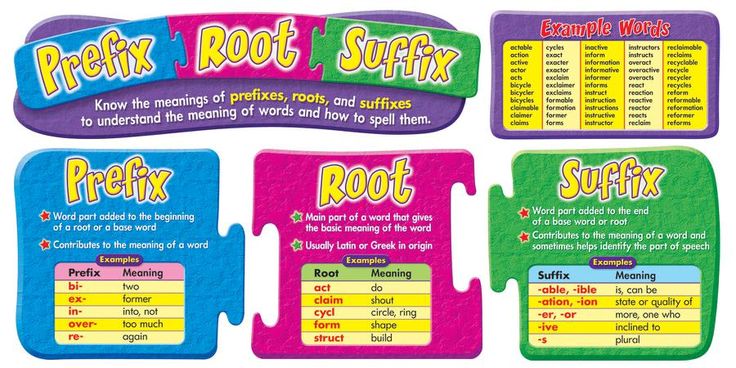
Four or five millions of specie had been thrown into circulation lately. Four, five million specie (for) have recently been thrown into circulation.
All of the above applies to other English numbers from 2 and above, which act as a noun:
Magnificent seven. The Magnificent Seven. (singular)
How many sevens do you have? How many sevens do you have? (plural)
In the VoxBook audio course in the novel 'Treasure Island' by Robert Louis Stevenson , with this example:
From the audio course VoxBook 🔊
Here it is about gentlemen of fortune [so always with gentlemen of fortune = pirates]. They lives rough and they risk swinging, but they eat and drink like fighting cocks, and when a cruise is done, why, it's hundreds of pounds instead of hundreds of farthings in their pockets(R.L. Stevenson – "TREASURE ISLAND")
Note. Million can also end with -s when preceded by two, three, etc. provided there is no other number after it. In this case, million is followed by a noun with the preposition of:
provided there is no other number after it. In this case, million is followed by a noun with the preposition of:
two millions of books. - Two million books.
English account. Compound cardinal numbers in English.
When counting in English in composite numbers from 20 to 99 (that is, consisting of two numbers - tens and ones), a hyphen (dash) is placed between tens and the units following them:
20-twenty [ˈtwenti]
21-twenty-one [ˈtwenti wʌn]
22 – twenty-two [ˈtwenti ˈtuː]
etc.
30 - thirty [ˈθɜːti]
31 – thirty-one [ˈθɜːti wʌn]
32 – thirty-two [ˈθɜːti ˈtuː]
etc.
In the English account with composite numbers over 100, within every three digits, before the tens (and if there are none, then before the ones), the union and:
235 - two hundred and thirty-five
407 - four hundred and seven
2034 - two thousand and thirty-four
2004 - two thousand and four
5236 - five thousand two hundred and thirty-six
250129 - two hundred and fifty thousand, one hundred and twenty-nine
4221589 - four million two hundred and twenty-one thousand five hundred and eighty-nine
203000000 – two hundred and three million
In American English, the conjunction and is omitted, for example: 235 - two hundred hirty-five.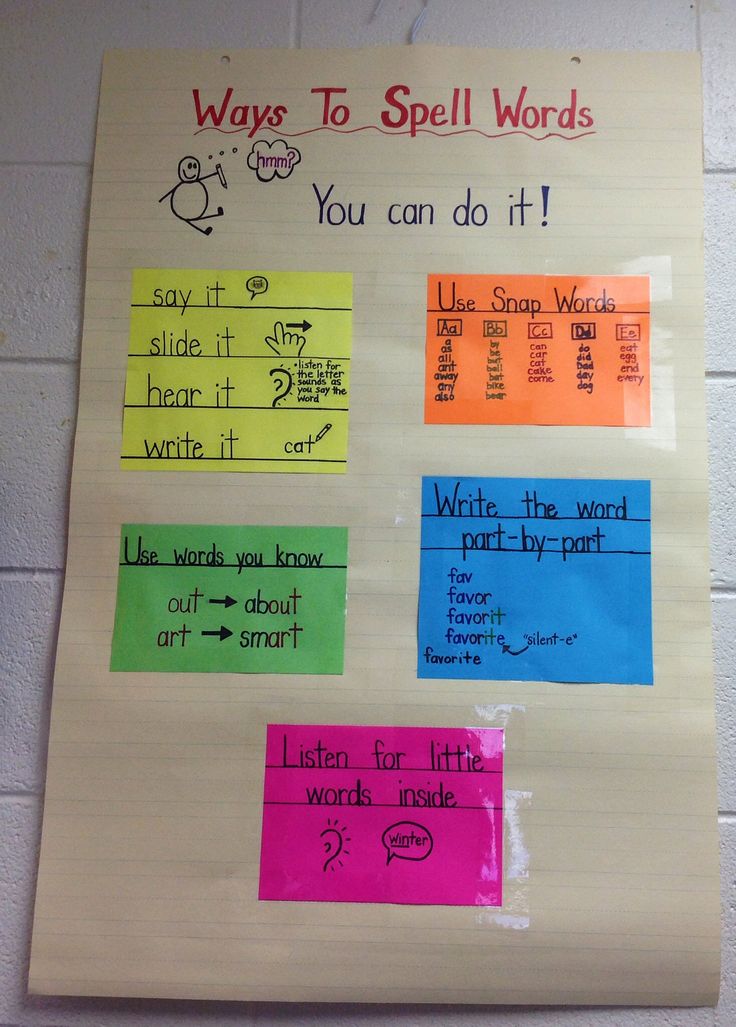
Some rules for translating numbers into English:
1. Russian genitive case of nouns after cardinal numbers should not be translated into English by a noun with the preposition of (a common mistake):
In the VoxBook audio course in the tale 'JACK THE GIANT-KILLER' from the collection English Fairy Tales , in which this particular case occurs:
From the audio course VoxBook 🔊
... he is a huge and monstrous giant [he is a huge and monstrous giant] with three heads [with three heads]; he'll fight five hundred men in armour, and make them fly before him.'(English Fairy Tales – "JACK THE GIANT-KILLER")
2. A Russian noun in the singular after compound numbers ending in one (one, one) should be translated into English as a plural noun:
twenty one days - twenty one days
three hundred and fifty-one books
3. Cardinal numbers can stand as a definition after the word being defined. This is especially true for cases of designating page numbers, paragraphs, chapters and parts of books, numbers of houses, rooms, sizes of clothes and shoes, bus numbers and has the meaning of an ordinal number, although it is replaced by a quantitative number:
Cardinal numbers can stand as a definition after the word being defined. This is especially true for cases of designating page numbers, paragraphs, chapters and parts of books, numbers of houses, rooms, sizes of clothes and shoes, bus numbers and has the meaning of an ordinal number, although it is replaced by a quantitative number:
part two - the second part of
chapter seven - seventh chapter
Read lesson three. - Read the third lesson.
Open your book on page nineteen. – Open your books on the nineteenth page.
He live in apartment 12 (twelve). – He lives in apartment 12.
4. Combinations of two of my sisters, five of your books, two of his friends, etc. two of my sisters, five of your books, two of his friends are translated into English (and not: two my brothers, five your books, two of his friends is a common mistake).
Ordinal numbers such as first, second, third are discussed in another article.
For example, in the VoxBook audio course in Robert Louis Stevenson's novel 'Treasure Island' , with exactly this example:
From the audio course VoxBook 🔊
There were six of the buccaneers , all told not another man was left alive [no one else was left alive].Five of them were on their feet, flushed and swollen
(R.L. Stevenson – "TREASURE ISLAND")
How to spell numbers correctly
When the child goes to school, prescriptions start. They even exist in mathematics. Then parents begin to wonder - how to write numbers in words correctly, what to learn on their own and then teach their child. Yes Yes! After all, parents write numbers at random, and not as required at school. Therefore, here are our recommendations for writing numbers.
Contents
How to spell the number 1
We start drawing a line from the center of the cell to its upper right corner, and then draw the stick down, trying not to go beyond the lower border of the cell.
Look at the picture and you will understand how the number 1 is written correctly.
If the child still cannot write the number 1 correctly, practice the individual elements of the number and only then start writing the whole number 1.
How to write the number 2 correctly
her head and tail were inside the cage. Well, if the number 2 does not fall forward or backward.
See how the artist drew the number 2 and repeat the same number 2 in the notebook.
How to spell the number 3 correctly
The rule is the same - the number must fit inside the cage, while the upper hook of the number 3 is approximately half as long as the lower one. In the picture you will see how to trace the number 3.
Practice the elements of the number 3 in your notebook if it is difficult to draw the number 3 right away.
How to spell the number 4 correctly
If in the textbook the number 3 looks like a written one, then the number 4 is completely different from the written one. The number 4 consists of two separate elements. When writing the number 4, the child can tear the pen off the paper. It is important to draw two elements - an inclined stick, like the number 1 and an angled stick to the left of it.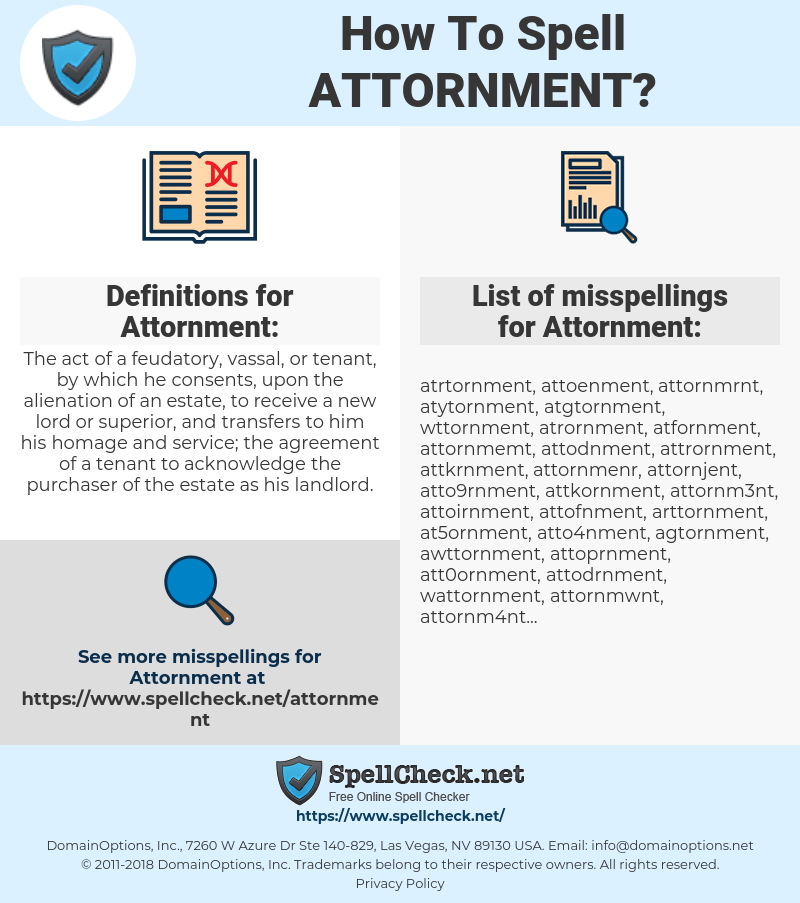
Look at the direction of writing the number 4. This is a real written number, and the child should be forbidden to draw the same triangle as the printed number 4.
How to write the number 5 correctly
divide it into two elements - a tail and an inclined stick with a semicircle. The second spelling is studied at school. The child needs to be explained that the tail should not jump out of the cage, it should not be made too wavy, the main thing is that it should be inside the cage.
Children usually do not have any major difficulties in writing the number 5 correctly.
How to spell the number 6 correctly
The numbers 6 and 9 are often confused by children. Therefore, it is necessary to clearly indicate to the child that the numbers 6 and 9 are similar to each other, but the number 6 has a hook at the top, and the nine has it at the bottom. You can come up with some kind of associative series so that the child remembers it.
Start writing the number 6 from the top and, smoothly leading the line down, turn to the middle of the cage.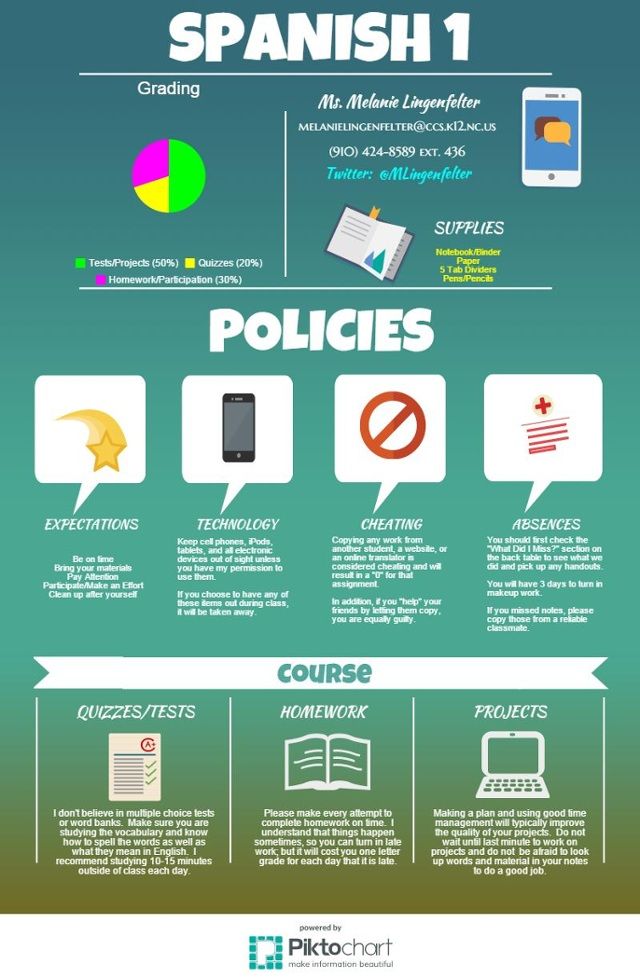
How to spell the number 7 9 correctly0311
The printed number 7 does not have a stick in the middle. However, children easily remember its necessity, otherwise there will be constant confusion with the number 1. However, for example, in England, children do not write a stick in the middle for seven. And the difference between 1 and 7 is only in the slope of the small upper elements, relative to the vertical slash.
How to write numbers in words - look at our pictures.
How to spell the number 8 correctly
The number 8 is the number most disliked by first-graders. It is written quite difficult - you need to bend the line twice, writing out this figure.
Usually, the difficulty of writing the number 8 lies in the fact that it is still difficult for a child to compare the sizes of the upper and lower ovals of this number.
Everything will come with writing experience. Practice writing the individual elements of this figure first, and then combine them into a single whole.

